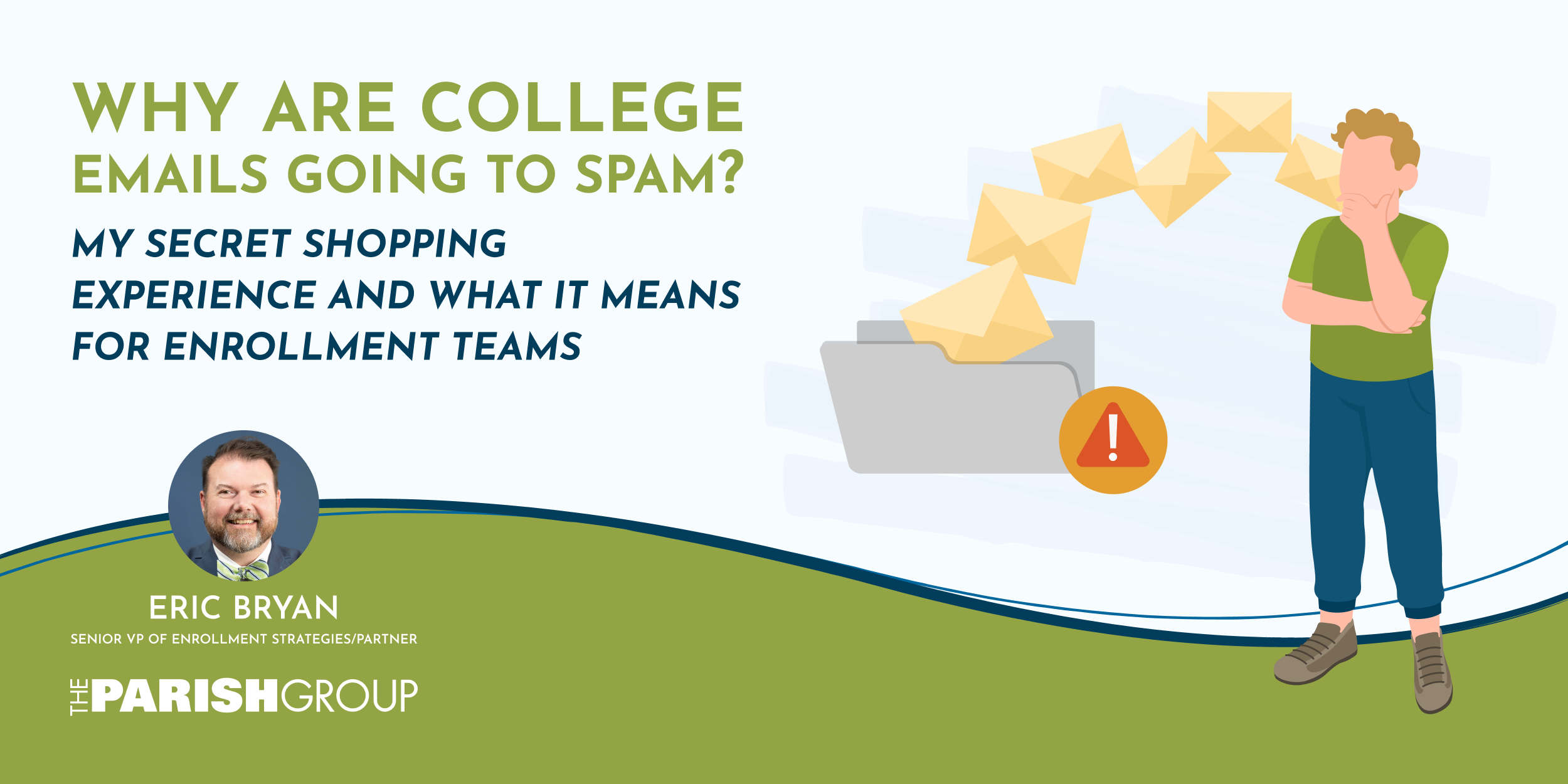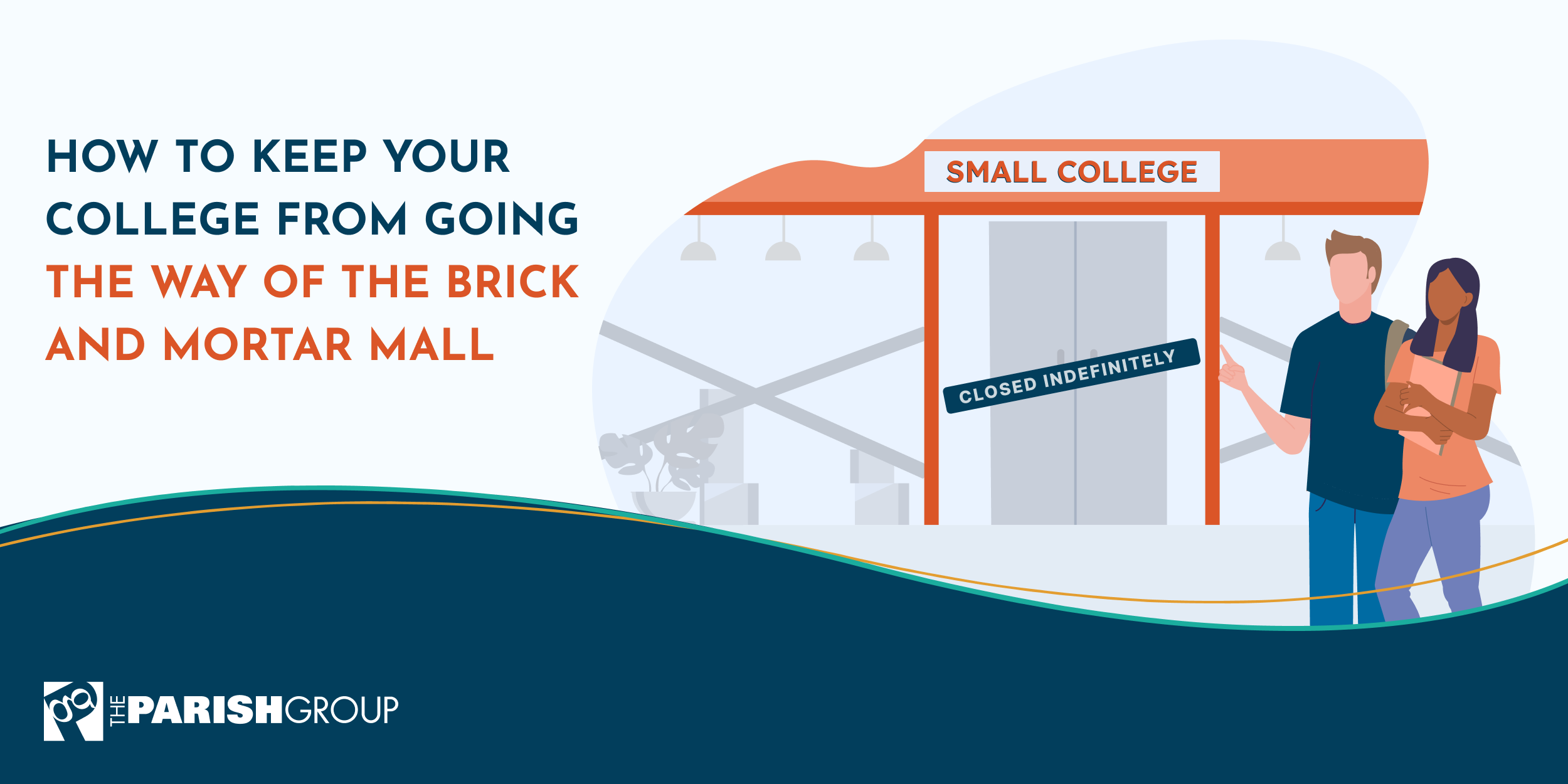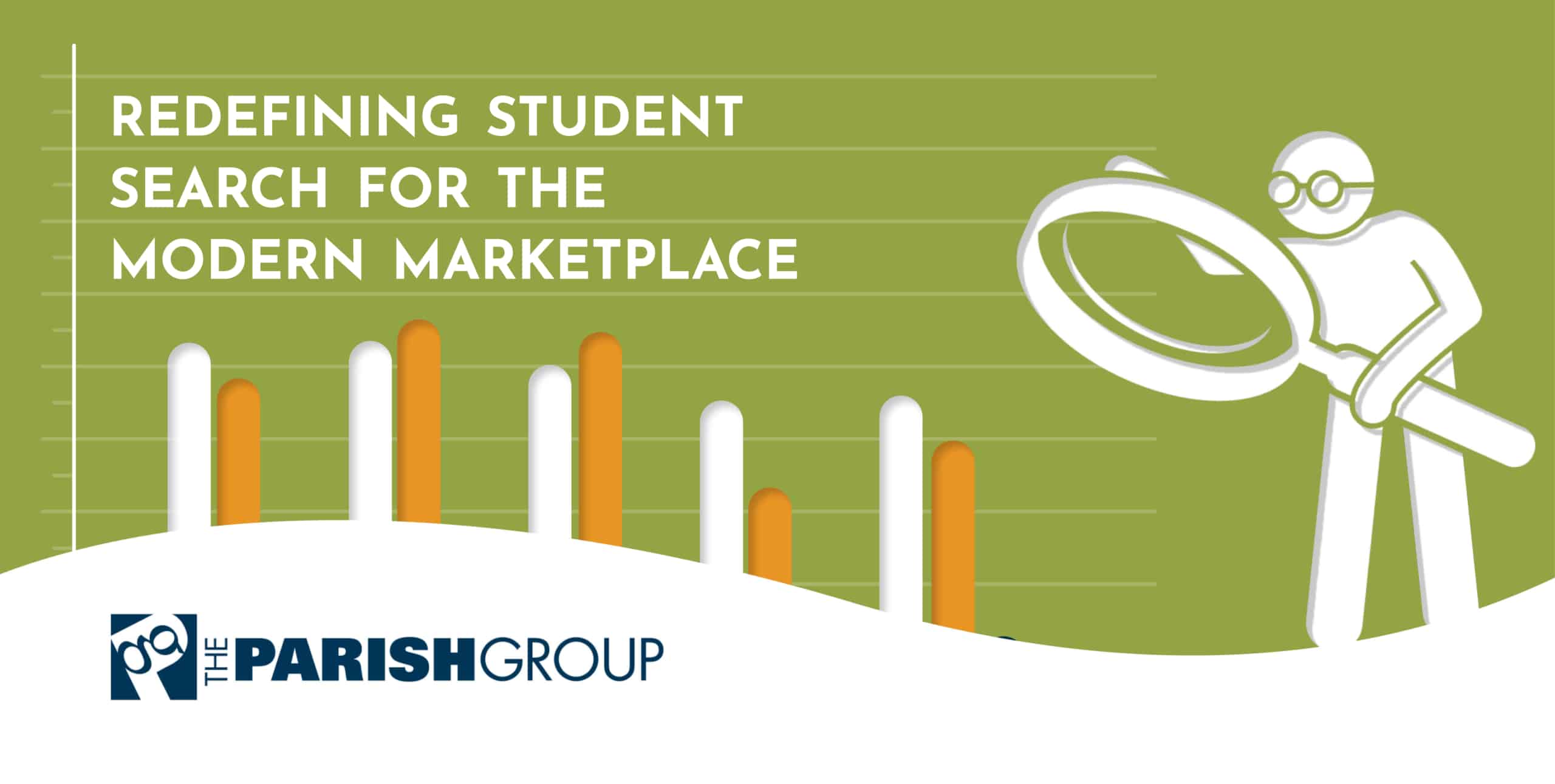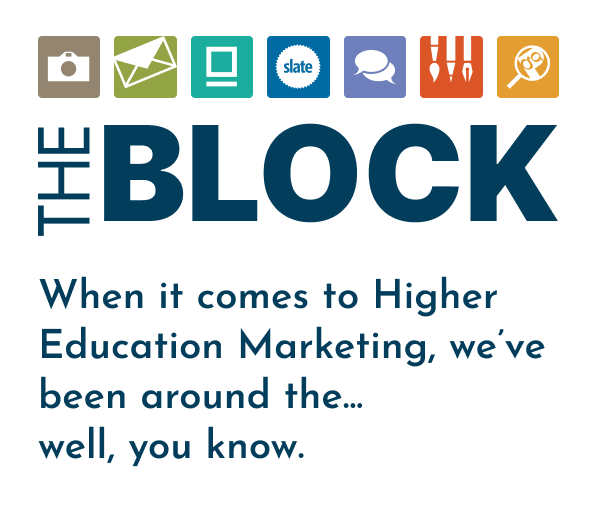
If 2020 taught us anything, it was that best-laid plans were almost useless. We had mathematical models, set processes and all the data you could want to back up how each of the elaborate plans would yield new students.
The year was looking to be one of the strongest on record. The problem was, no one could factor for the variables of major civil unrest, mounting pricing sensitivity and this little thing called the Coronavirus pandemic.
Many of you know The Parish Group is older than most marketing firms in higher ed. (In fact, decades older.) We’ve seen a lot of ups and downs in our industry.
We cut our teeth in the pre-internet days of recruiting. Back then it was just print 100,000 viewbooks and send them out and before you knew it, the paper applications started rolling back in.
At that time, there were only a handful of schools that were doing any sort of pre-qualifying of prospects. The thought of nurturing the inquiry was really just starting to develop.
That was in the late ‘80s and early ‘90s. Fun times.
Fast forward 25 years.
Now we have advanced CRMs and machine-learning algorithms to help us find prospects and quantify our conversations with them.
We have social media and banner ad IP targeting capabilities. But for the most part, print publications haven’t changed. And in the era of COVID, the development of these print materials has accelerated at a hyper pace to offset the lack of opportunity to host campus visits.
The Experiment
I’ve inquired at 376 schools across the country in the last decade and 2020 was no different.
I added 22 more, eager to see what schools were doing to brand and recruit. And while I’ve had monthly travel for work for over the last 24 years, COVID put me in park on February 26, 2020. Ever since, I’ve been the only one in the office and I have been absolutely swimming in print materials from these schools.
Over this time, I’ve gotten the normal number of “window number 10s” and “XYZ Presidential Applications” but I also received a TON of printed, multi-page publications, letters, postcards and smaller brochures. Not to mention the emails. Lots and lots of emails.
One Pennsylvania private mailed me five viewbooks (programs, financial aid and repeats), three large and small envelope letter packages, 10 postcards and 89 emails. The odd thing about this example? I wasn’t a traditional inquiry. I was a purchased name.
For the first time, I submitted forms on three different college search sites. I wanted to know about a prospect’s experience using this as a path to learn more about colleges and universities.
Same stuff. Lots of emails to get me to narrow my choices, advertise scholarships and rate my high school, all fueled by giveaways.
Because I was purposely vague, I was a very weak “inquiry,” but that didn’t deter these 22 schools. Some were better than others, but for the first time since 1990, I witnessed this process from a senior’s perspective.
Well… from the perspective of a “high school senior” who knows what it costs to produce, print and mail these types of communications.
Schools spending this much money on this much volume…all I can say is you have to get personal to make it worth it!
Recruiting in 2021
Gen Z prospective students are inundated with college communications: electronic, print, digital and social.
What makes you stand out from other schools? Are you still pushing out general program information and a call to visit and apply? So is everyone else.
Recruiting in 2021 will be even harder than it was last year. Students are not emotionally invested in going off to school.
With all of the data at our fingertips, it is easier than ever to make sound, data-driven decisions.
Segmentation of this data allows us to create personalized messages that capitalize on the information we already know about our students. This maximizes the efficiency of our campaigns and increases yield.
Greater segmentation not only provides a laser focus on the prospective student, but also reduces wasted outreach.
By knowing what our prospective students are looking for, we eliminate the need for generic mass mailings and make better use of our budgets for true engagement.
Here are five things that you should consider implementing right away:
- Get personal in your outreach.
- Define primary markets and saturate them.
- Pick up the phone. Connect with your prospects through conversation.
- Focus on application completion.
- Minimize transactional communications.
As we enter yield season, now is the time to adopt these basic concepts to maximize the class.
Financial aid packages are starting to go out and implementing small, data-driven strategies could make all the difference in meeting your enrollment goal.







